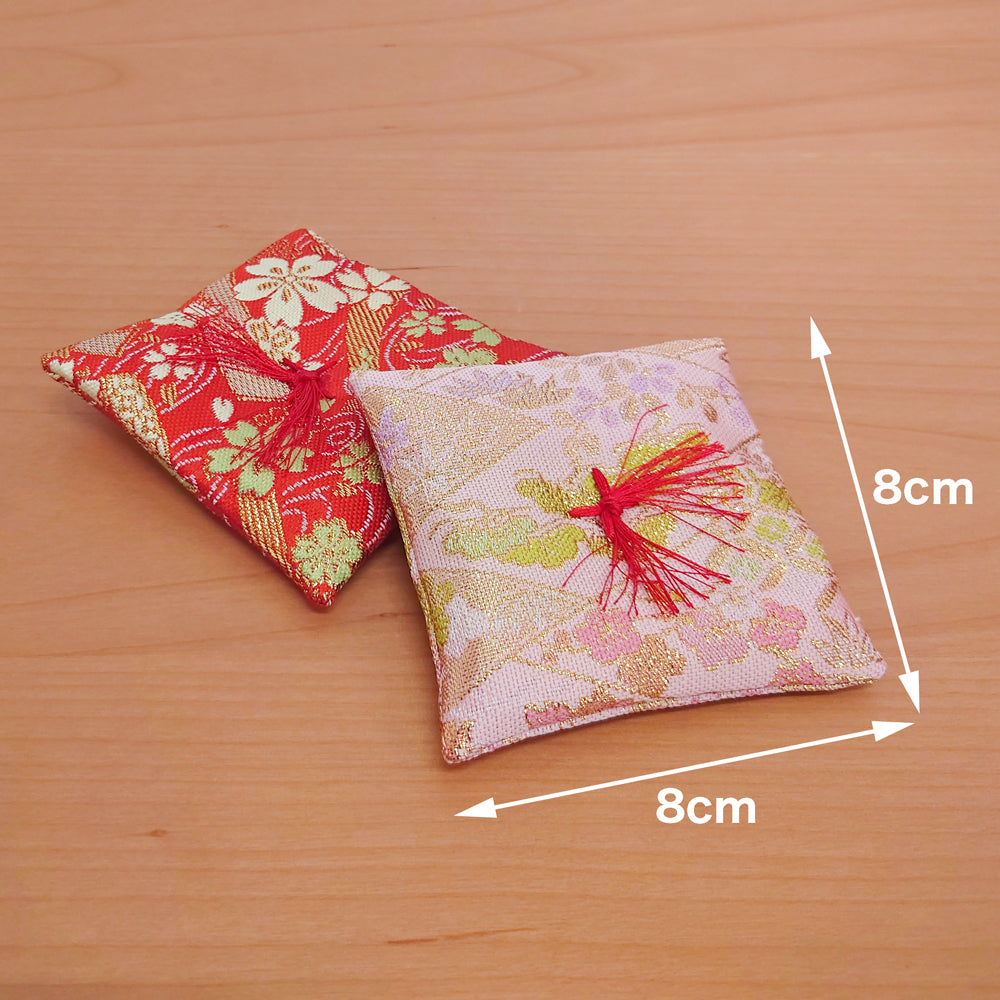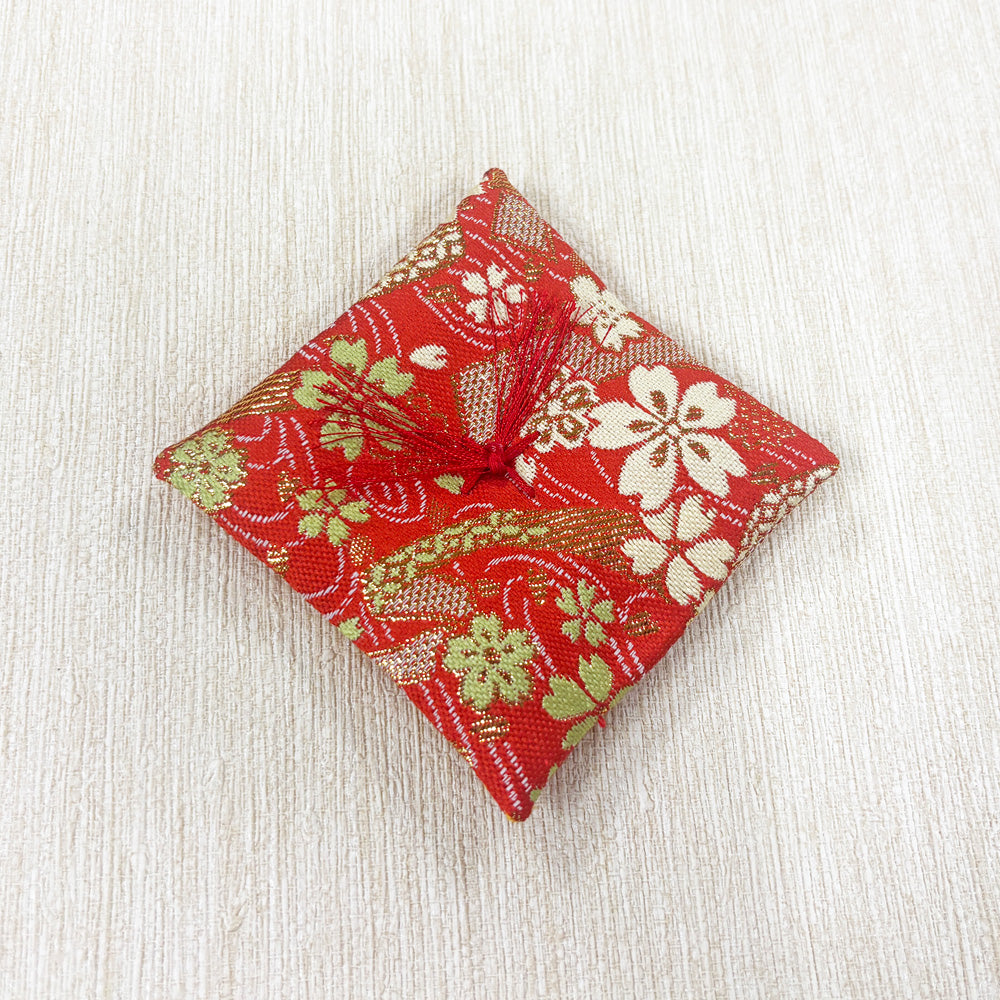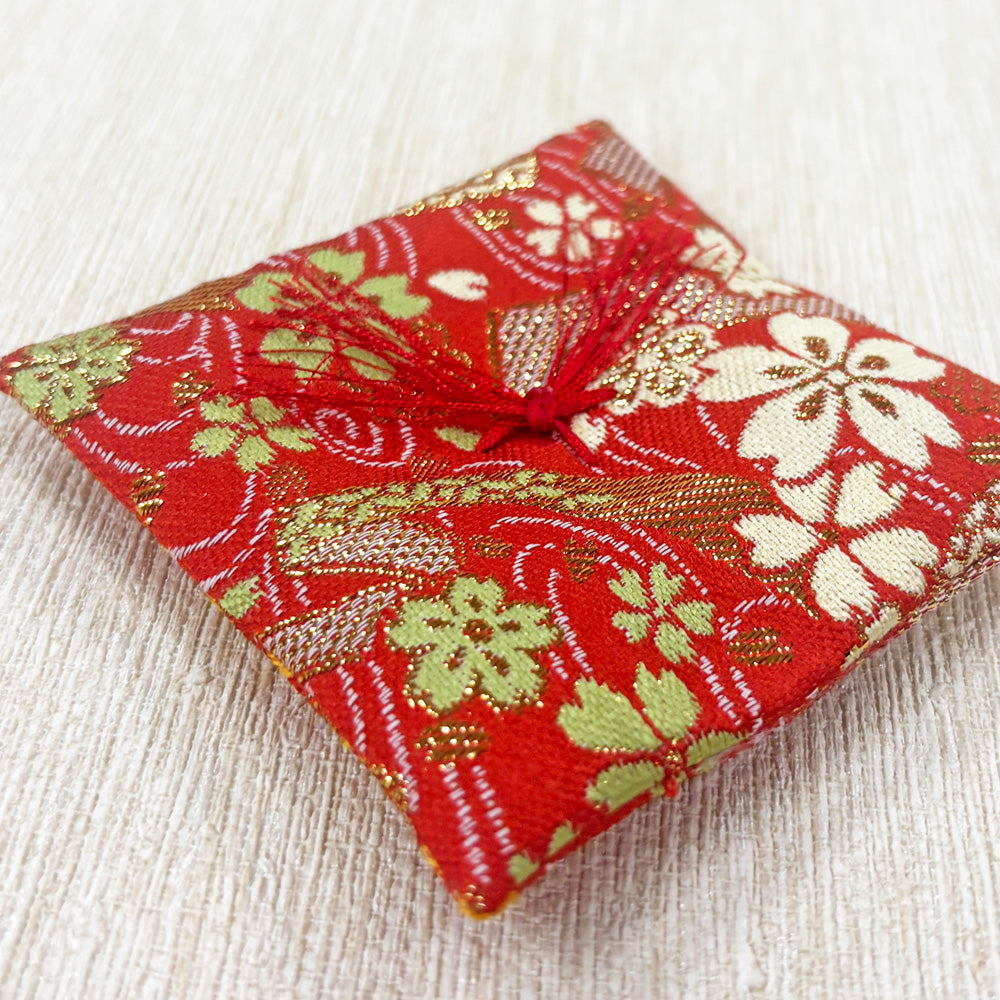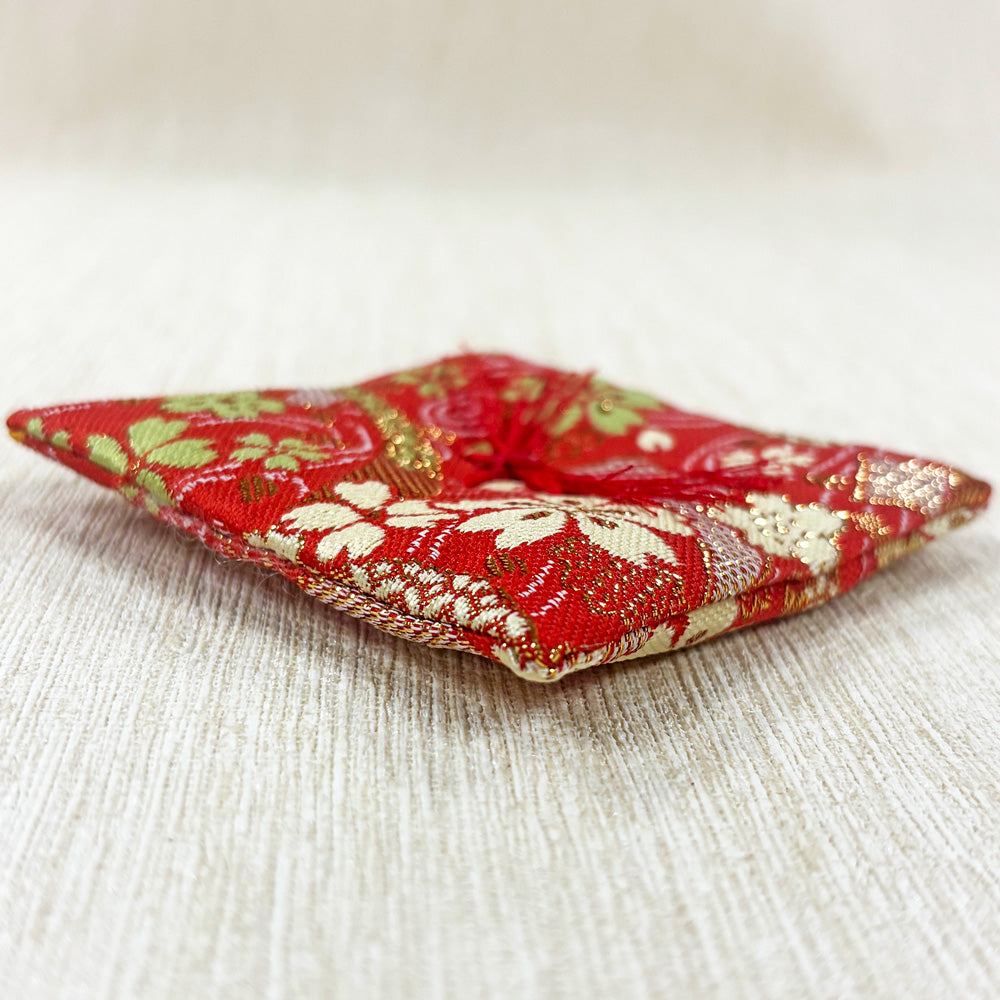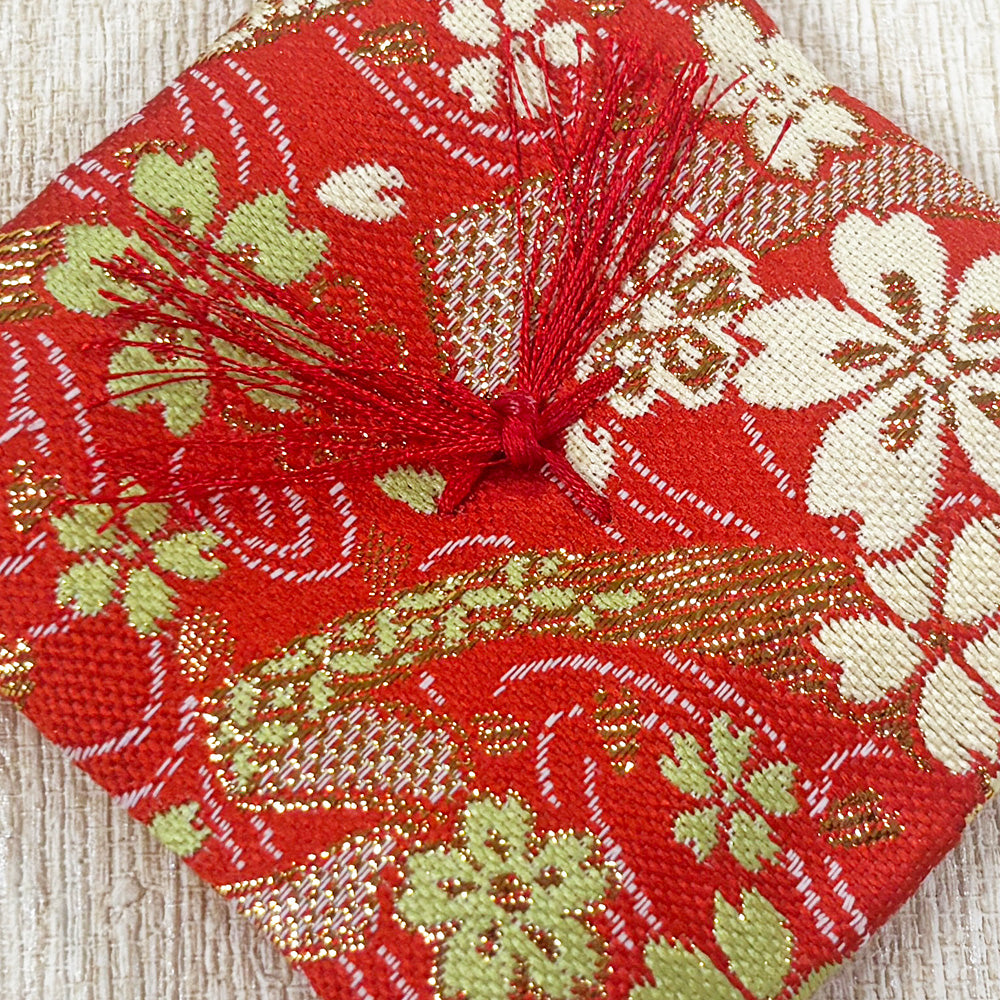B-015 Cushion | Hanging Doll Parts | Popular Items | Products | Tourists | Best Sellers | Daily Necessities | Foreigners Shopping | Japanese Goods, Souvenirs
Consumption tax included
Free shipping for purchases over 5,000 yen (less than 380 yen shipping)
特徴
Handmade Japanese-made zabuton hanging dolls | A symbol of Japanese hospitality culture for inbound tourists, popular Japanese goods for foreign tourists
An important tool that supports Japanese lifestyle and culture
Zabuton cushions have long been an essential part of Japanese life as a traditional seating device dating back to the Heian period.
Originally a luxury item used by aristocrats and monks, it spread to the common people during the Edo period and has played a central role in Japan's seating culture.
Zabuton cushions are not just a seating arrangement, but also have important meanings as an expression of respect when entertaining guests and as an important tool for creating a space for family gatherings.
Additionally, sitting on a zabuton helps calm the mind and maintain proper posture, so it is also a symbol of "silence" and "harmony" in Japanese spiritual culture.
Zabuton cushions have long been a popular part of the home, representing a stable foundation for life and family unity.
The deeper meaning of the cushions in hanging dolls
Adding a zabuton cushion to a hanging Hina doll display expresses a deep wish for stability and peace for the child's future.
First of all, the "stability" that the zabuton represents expresses the parents' wish that their child will be able to build a solid foundation for life in the future and live a financially and mentally stable life.
Also, since zabuton cushions are used to entertain guests, it is hoped that children will grow up to be compassionate and warm-hearted people who care for others.
Furthermore, the politeness and beautiful manners cultivated by sitting upright on a zabuton also express the wish that your child will grow up to be a dignified woman.
It is an important motif in Hinamatsuri, a festival for girls, and represents prayers for a happy family and a harmonious life in the future.
A symbol of Japanese hospitality culture
Zabuton cushions are one of the tools that represent Japan's unique "omotenashi" culture.
When welcoming guests, providing a clean and beautiful zabuton cushion was an important way to show respect and welcome to the guest.
The placement, orientation, and choice of patterns of the cushions also show great attention to detail, all of which embody Japanese aesthetics and etiquette.
The circular arrangement created by family members sitting around cushions symbolized equality and harmony and also had the effect of strengthening family bonds.
Due to this cultural background, zabuton cushions have become more than just practical items; they have become important cultural symbols that express the heart and spirituality of the Japanese people.
Exquisite reproductions created by artisanal techniques
This small cushion is the culmination of craftsmanship, faithfully reproducing the characteristics of a real cushion.
Each cushion is carefully handcrafted by skilled artisans, with attention to detail including the cushion's distinctive square shape, rounded corners, and tassels on the surface.
In particular, the bulge in the center of the cushion and the beautiful finish of the edges are advanced techniques that can only be achieved by craftsmen with many years of experience.
In addition, the unique texture of the crepe fabric is utilized to create a softness and warmth that is just like a real cushion.
Although it is small enough to fit in the palm of your hand, its high level of craftsmanship astonishes anyone who sees it, and is a testament to the excellence of Japanese craftsmanship.
A symbol of peace and stability in the home
Zabuton cushions have a special meaning as they symbolize peace and stability in the home.
The scene of a family gathered around a zabuton cushion represents the ideal Japanese home, symbolizing warm family ties and peaceful daily life.
Additionally, the patience and concentration cultivated by sitting upright on a zabuton cushion form the basis for the mental strength to face challenges.
The cushions displayed as hanging dolls represent the wish that the child's home will always be peaceful and stable.
The love for family and prayers for peace that are infused into this small cushion warms the hearts of those who see it and also has the effect of deepening family unity.
Cultural values passed down to the present day
Although Western lifestyles have become commonplace in modern times, the cultural value of zabuton cushions remains as important as ever.
Zabuton cushions are attracting attention, especially from tourists from overseas, as an interesting item that helps them understand Japan's unique sitting culture and spirituality.
By displaying them as part of a hanging Hina doll display, you can simultaneously express traditional Japanese lifestyle and culture as well as your desire to raise children.
Furthermore, its simple and friendly appearance has made it beloved by people of all ages, and it is enjoyed not only as a talisman but also as interior decoration.
While retaining its traditional meaning, it has the appeal to blend naturally into modern life, making it a piece that continues to be loved throughout the ages.
Product specifications
Size: Height 8cm x Width 8cm
Material: Gold brocade fabric Design: Red and light purple floral pattern (2 colors) Manufacturing: Handmade by artisans in Japan Sales unit: 1 piece (photo is an example product)
Individual differences: As these are handmade, there may be individual differences in pattern and size.
Inquiries and orders
Please feel free to contact us if you have any requests regarding specification changes, etc.
We also accept orders via fax.
Order form here

